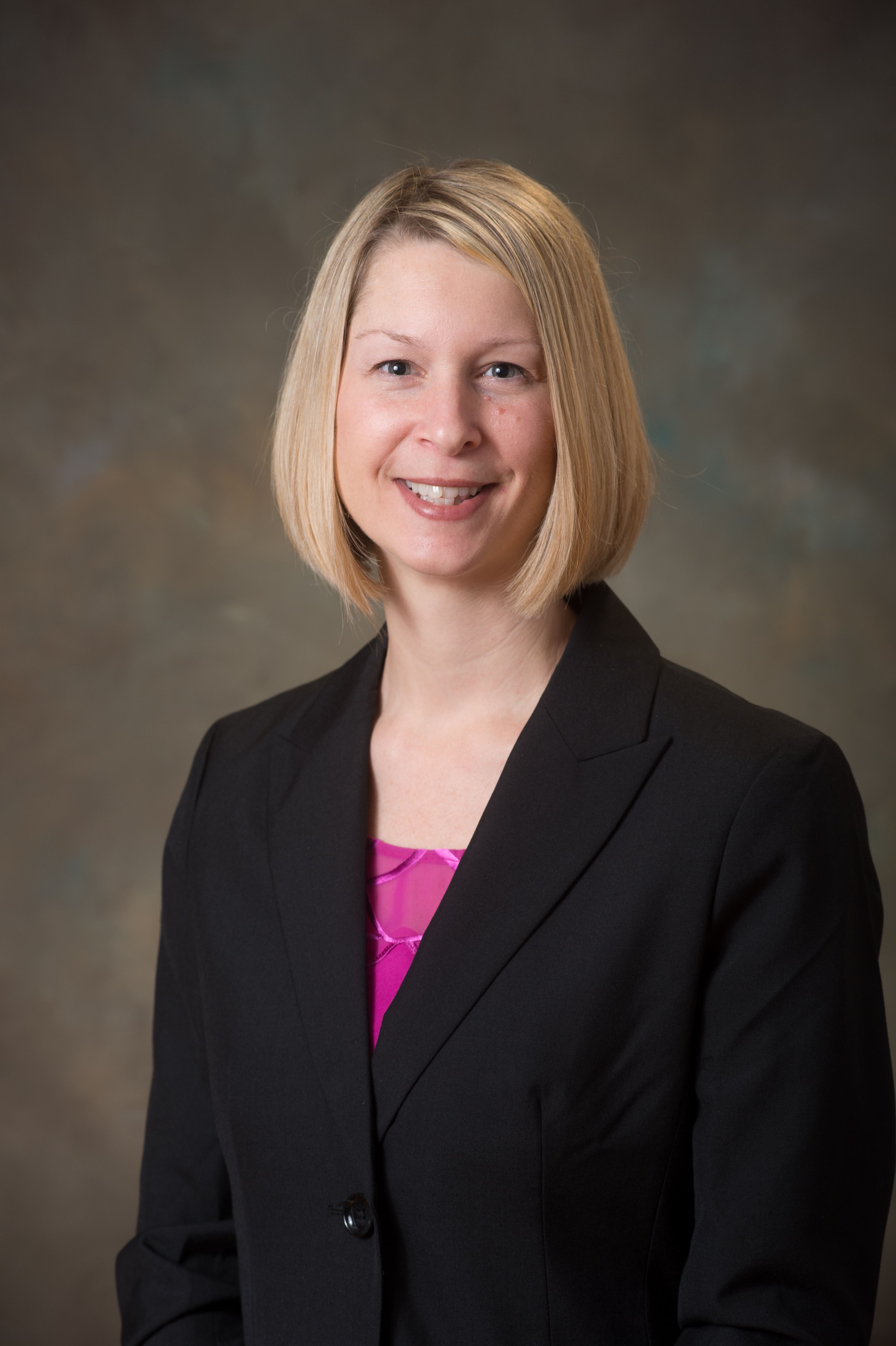How To Turn Into A ‘Diabetes Pharmacy’
Creating a place where patients seek diabetes care and counseling.

Dorinda Martin, PharmD, FACA, FASAP

Jennifer Smith PharmD, BCACP, BC-ADM, CDE

Alexandra Broadus, PharmD, Director, Patient Outcomes Performance for Walgreens.

According to the CDC, approximately 30.3 million people in the United States have diabetes.1 Pharmacies that offer ongoing diabetes care and counseling do more than deliver a valuable service; providing such services makes sound business sense.
“Patients need help navigating their care and managing the disease,” said Dorinda Martin, PharmD, RPh, FACA, FASAP. “Diabetic patients fill more prescriptions and visit the pharmacy more often than most of our other patients. The more services and products we offer, the more patients we will see. It's the ‘build it and they will come’ story. Offering individualized patient care and not just prescriptions increases patient trust, dedication and loyalty.”
One common way pharmacists help patients with diabetes is by showing them how to properly use prescribed devices. Although basic instruction in the self-monitoring of blood glucose levels is the set-up and demonstration of the device, pharmacists can use the opportunity to present information on glycemic goals. What should glucose levels be during fasting, before meals, after meals, and bedtime? What are the signs/symptoms/treatment of high and low glucose values and how often should I test?
Answering the simplest questions can be a game changer. “Interestingly, ‘How often should I test my blood glucose?’ is repeatedly asked-patients often state they have never been told how often or when to check glucose levels so this is an excellent opportunity for pharmacists,” said Jennifer Smith, PharmD, BCACP, BCADM, CDE.
“My one question I always ask takes 2 seconds. ‘Where do you inject your insulin?’ You would be amazed at the responses received (ie calf, breast, back, forearm). This becomes the easiest diabetes education moment that will profoundly impact absorption that takes less than 10 seconds to complete. Even the busiest pharmacist can spare 10 seconds.”
Monitoring medication use and adherence may be a more time-consuming task, but it’s something pharmacists are uniquely positioned to do. Pharmacists can recognize when medications are not optimized, if another medication is recommended for comorbid diseases, but not prescribed, and note any adverse or intolerable effects.
Ideally, counseling on the importance of medication adherence, plus the risks of the newly-diagnosed disease, should begin when a patient first shows up at the pharmacy with a new prescription for diabetes.
“If they don't have time at that moment of POS, then promise to call them the next day and outline what services the pharmacy offers, such as 1-on-1 diabetic counseling,” Martin said. “Create a summary and a template sheet for each pharmacist to create a plan for each of these patients, then place in ticker to ensure a follow-up call to monitor the patient every few months. This follow-up could include taking their weight and blood pressure as well as A1c and checking on their immunization records.”
Whether diabetes care and counseling happens in an independent pharmacy or at a nationwide pharmacy chain, systems that monitor patient adherence are an essential tool. At Walgreens pharmacies, pharmacists use a program with predictive analytics to identify patients most likely to become nonadherent to their maintenance medications, including those with diabetes, then provide personalized recommendations.
“By providing patient specific solutions to help them effectively manage their chronic condition, lifestyle modifications and medication regimen, diabetes patients can be empowered to meet their health goals,” said Alexandra Broadus, PharmD, director, Patient Outcomes Performance for Walgreens.
Prominently displaying diabetes products and services in the pharmacy is a good way to let customers know what you offer, but pharmacists can also help spread the word in the community “Outside of our stores, it’s important that pharmacists are participating in local community events and organizations to raise awareness of the care and services they can provide,” said Broadus. “Our pharmacists participate in community outreach programs. As part of these, we offer presentations on diabetes care and solutions.”
Walgreens recently launched the “Missing Therapy–Statin Use” program to help identify patients with diabetes who are not currently taking a statin and provide education and physician outreach around the heart health benefits of statins. “The American Diabetes Association (ADA) recommends that diabetes patients over the age of 40 include a statin as part of their drug therapy to lower their risk for heart disease,” Broadus said. “Yet, many patients with diabetes have never been offered a statin.”
CVS launched its Transform Diabetes Care program in 2017 and expanded it in 2019 to focus on prevention and early identification of diabetes, as well as hypertension, a common comorbidity of diabetes. The program helps pharmacy benefit manager (PBM) members control their diabetes through a combination of personalized support and coaching focused on improving medication adherence and better control of HbA1c.
“More than 50% of members with uncontrolled diabetes who enrolled in the program have moved to a controlled status and, on average, members have improved HbA1c by 1.2 percentage points,” said Peter Simmons, RPh, vice president of Chronic Care Optimization at CVS.
Personalized coaching and support for healthy lifestyle behaviors can be delivered at the pharmacy or by phone. Members can also receive diabetes monitoring at MinuteClinic locations at no out-of-pocket cost, including A1C checks.
“In addition, members are offered a connected glucometer, which shares their blood glucose levels with a pharmacist-led team via a health cloud, enabling the team to identify potential issues and intervene with 1-on-1 coaching,” said Simmons.
Patients have the option of not only getting refill reminders by text but can also text their requests for refills.
“Patients commonly convey that they’re frustrated, and that they find their diabetes to be challenging, inconvenient, and difficult to manage,” Simmons said. “Our expanded program is designed to make it easier for a broader range of patients to keep their diabetes under control, prevent complications, and manage related conditions like high blood pressure in a coordinated way.”
As well as counseling patients already diagnosed with diabetes, pharmacists can screen those who may be at risk.
“Per the American Diabetes Association (ADA) Standards of Medical Care in Diabetes, an informal assessment of risk factors for [type 2 diabetes mellitus] or the use of a validated tool should be used in asymptomatic adults,” Smith said. “The ADA Risk Test is readily available on page S21 of the 2020 guideline and is a good tool for pharmacists to review with patients.”
Screenings can provide an opportunity for pharmacists to suggest preventive steps that can reduce an individual’s risk, such as healthy eating habits and exercise.
“Often, pharmacists feel they need to be a Certified Diabetes Educator (CDE) in order to effectively provide diabetes education to patients, which is inaccurate,” Smith said.
Many health care professionals hold the title of diabetes educator while working toward the hours of hands-on education required before the CDE exam.
“Ideally, pharmacists should have basic knowledge of counseling tips for available diabetes medications, basic diet information for patients living with diabetes, an understanding of guideline recommendations for glycemic goals and pharmacologic treatment, and the ability to recognize glucose patterns from home monitoring,” Smith said. “These are all covered in the APhA Diabetes Certificate Training Program which offers online modules for learning at a self-set pace and a hands-on live seminar for application of the material covered in the modules.”
As pharmacy schools offer more diabetes management education, newer graduates may need less additional training, but there are multiple options should training be needed.
“I wanted to be sure my pharmacists were knowledgeable,” said Martin of her Texas-based pharmacy Martin’s Wellness Dripping Springs Pharmacy. “So I sent 4 of us to a certified diabetes education class (20 hours of CE) at a local college of pharmacy. This allowed a confidence level that benefited the pharmacists and our patients."
References:
1. New CDC report: More than 100 million Americans have diabetes or prediabetes [news release]. CDC’s website. https://www.cdc.gov/media/releases/2017/p0718-diabetes-report.html.

Vitamin D3 Supplementation Does Not Lower Risk of T2D in Healthy Older Adults
December 4th 2024A recent study found that, among older adults who are generally healthy and not at high risk for type 2 diabetes, Vitamin D3 supplementation does not significantly reduce the risk of developing the disease.